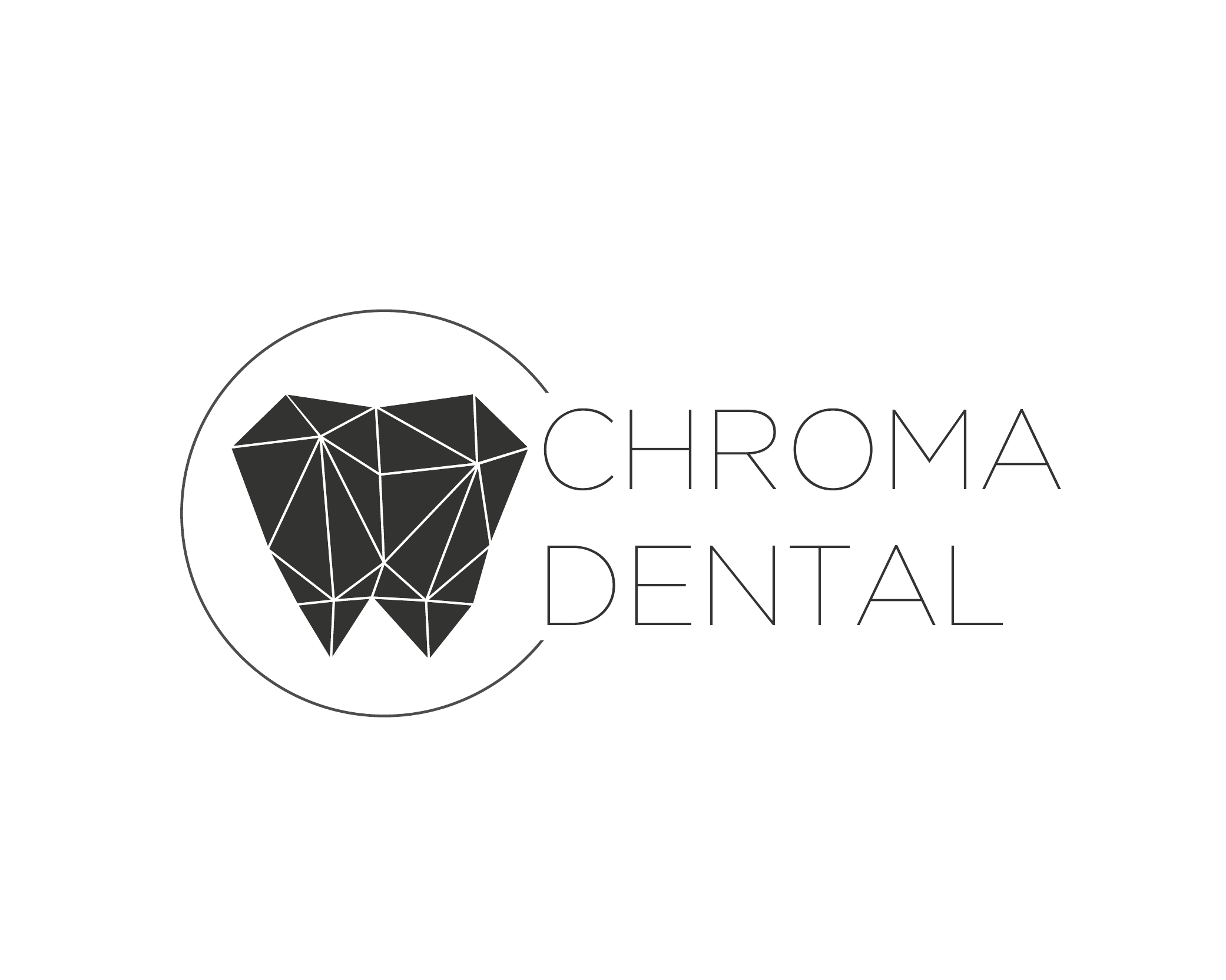Laser dentistry uses focused beams of light to perform a range of dental procedures with a level of precision that traditional instruments cannot match. Instead of a rotating bur or scalpel, dental lasers deliver concentrated light energy that interacts with tissues in controlled ways — vaporizing decay, sculpting soft tissue, or activating materials used in restorative and cosmetic treatments. The result is a modern alternative that often reduces the need for invasive mechanical contact and can be tailored to each clinical objective.
For patients, the defining characteristic of laser dentistry is its selectivity. Lasers can target diseased tissue while leaving healthy tissue largely unaffected, which is particularly useful when trying to preserve natural tooth structure or minimize trauma to gums. This selective action also contributes to reduced bleeding and swelling in many soft-tissue procedures, improving visibility for the clinician and comfort for the patient.
While lasers are a powerful tool, they are one element in a comprehensive treatment plan. Dentists combine laser therapy with other diagnostic and restorative techniques to achieve predictable, long-lasting results. When used appropriately, lasers enhance the clinician’s control and expand the range of minimally invasive options available to patients seeking efficient, conservative care.
Different types of dental lasers are designed to interact with specific tissues. Some wavelengths are absorbed primarily by water and hydroxyapatite, making them effective for cutting or ablating hard tissues like enamel and dentin. Other wavelengths are absorbed by pigments and blood, making them ideal for soft-tissue procedures such as gingival contouring or treating inflamed periodontal pockets. Understanding these distinctions helps clinicians choose the right instrument for each indication.
In practice, laser systems operate by converting electrical energy into a coherent light beam that is precisely delivered through a handpiece or fiber-optic tip. The clinician adjusts power, pulse duration, and repetition rate to control the depth and extent of tissue interaction. Because the energy is concentrated, thermal effects are localized and can be minimized with appropriate cooling parameters, resulting in less collateral damage compared with some traditional approaches.
Lasers also play a role beyond cutting and sculpting. They are used to cure or harden certain restorative materials, sterilize treatment sites, and activate whitening agents during in-office bleaching procedures. This versatility makes them a useful adjunct across preventive, restorative, periodontal, and cosmetic dentistry.
One of the most noticeable benefits patients report is increased comfort. Many laser applications reduce or eliminate the vibrations and pressure associated with handpieces, which can lower anxiety and the need for local anesthesia in selected cases. For soft-tissue work, lasers often seal small blood vessels as they cut, resulting in less bleeding and a clearer surgical field.
Preserving healthy tooth structure is another key advantage. Because lasers can selectively remove decayed tissue, clinicians can be more conservative when preparing teeth for restorations. This conservative approach supports long-term tooth integrity and may reduce the likelihood of future restorations.
Healing times are frequently improved after laser-assisted procedures. The coagulative and bactericidal effects of many laser wavelengths can reduce postoperative inflammation and microbial load, which supports more predictable recovery. These properties are particularly beneficial in periodontal therapy and postoperative management of minor oral surgeries.
Lasers are used in a wide range of dental treatments. In restorative dentistry, lasers can remove decay from both hard and soft tissues and prepare a clean margin for fillings or onlays. In periodontal care, they are employed to remove diseased pocket epithelium, reduce bacterial burden, and support host tissue regeneration when used alongside conventional scaling and root planing.
Soft-tissue applications are among the most visible uses of dental lasers. Dentists use them for frenectomies, gingival recontouring, removal of benign lesions, and to improve access for restorative or orthodontic procedures. For oral biopsies, lasers enable precise specimen excision with minimal bleeding, which aids both the clinician and the pathologist.
Cosmetic and adjunctive uses include activating in-office whitening systems and curing certain light-sensitive restorative materials. Lasers can also be incorporated into implant site preparation and peri-implant maintenance protocols, where their disinfecting properties can complement mechanical cleaning techniques. Each application depends on the laser type, wavelength, and the clinician’s training.
Safety is a top priority when working with lasers. Modern dental lasers are engineered with multiple safeguards, and clinicians follow strict protocols to protect patients and staff — including the use of wavelength-specific protective eyewear and precise control of operating parameters. Before recommending laser therapy, a dentist evaluates medical and dental history to ensure the procedure is appropriate for the patient’s overall health and oral condition.
Effective laser treatment requires specialized training. Dentists who offer laser services complete device-specific education that covers tissue interactions, power settings, contraindications, and postoperative care. This training allows the clinician to integrate laser therapy responsibly and to select alternative approaches when lasers are not indicated.
During an appointment, patients can expect a clear explanation of the planned procedure, how the laser will be used, and what sensations to expect. Many treatments are performed with minimal or no local anesthesia, and recovery tends to be comfortable. Postoperative instructions are tailored to the procedure performed and may include simple at-home care measures to support healing and maintain outcomes.
At Chroma Dental, we incorporate advanced laser systems into a broader philosophy of conservative, patient-centered care. Our goal is to offer options that reduce discomfort, preserve tissue, and promote efficient healing while maintaining high standards of safety and clinical judgment. If you are curious whether laser dentistry is a suitable option for your dental needs, we’re happy to discuss how it might fit into your treatment plan.
To learn more about laser dentistry and whether it may be appropriate for you, please contact us for more information.
